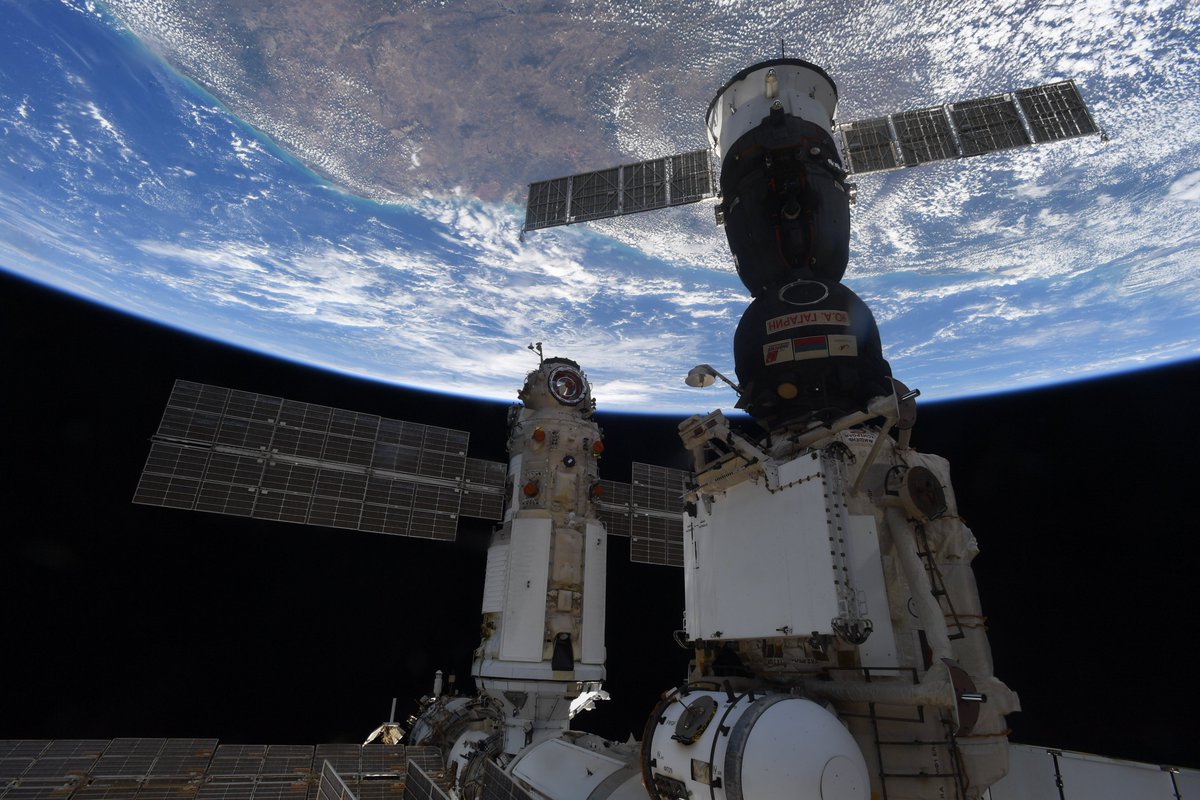
For SpaceUpClose.com & RocketSTEM
KENNEDY SPACE CENTER, FL – In a case of ‘High Drama at the High Frontier’ in an event filled day, the International Space Station (ISS) temporarily lost orientation control and was tilted out from its normal orbital flight path just three hours after the docking of Russia’s newly arrived ‘Nauka’ science module when its maneuvering thrusters unexpectedly fired up just as the cosmonauts were integrating it with the orbiting outpost, Thursday, July 29.
The crew was ‘never in any danger,’ NASA officials said at a media briefing later Thursday.
Nauka’s unplanned thruster firing happened shortly after the Boeing Starliner crew capsule and its United Launch Alliance Atlas V carrier rocket rolled out Thursday morning to launch pad 41 at Cape Canaveral – one day ahead of the planned liftoff on the Orbital Flight Test-2 test flight that NASA was soon forced to delay to next week as a precautionary measure.
At first all appeared normal following the automated docking of the massive 43-foot long, 23-ton (44,000 pound) Roscosmos Nauka Multipurpose Laboratory Module (MLM) to the Earth facing port of the Russian segment of the ISS at 9:29 am EDT, Thursday morning – broadcast live on NASA TV.
CONTACT CONFIRMED of the #Nauka Multipurpose Laboratory Module with the nadir port of the Zvezda Service Module of the International @Space_Station.
The latching process begins now… pic.twitter.com/mL0nOcCWER
— РОСКОСМОС (@roscosmos) July 29, 2021
Точное время касания объектов, согласно поступившей телеметрической информации: 16:29:01 по московскому времени.
According to the received telemetric information, the exact time of contact is 13:29:01 UTC. pic.twitter.com/U40UiVVO5K
— РОСКОСМОС (@roscosmos) July 29, 2021
A pair of Russian cosmonaut crew members aboard the space station next conducted leak checks between Nauka and the Russian Zvezda service module to which it was now docked and were starting the process to open the hatches between the vessels.
The sudden ignition of Nauka’s thrusters started around 1239 PM ET – just three hours after docking – and ultimately pitched the entire nearly million-pound ISS structure approximately 45 degrees out from its normal orbital orientation path
At 12:45 pm, NASA said “the flight control team noticed the unplanned firing of MLM thrusters that caused the station to move out of orientation.”
The stations gigantic and powerful massive gyroscopes from NASA were unable to maintain the proper attitude and orientation to counteract the Nauka thrusters sudden unexpected firings in the pitch direction
Thrusters from the Zvezda module which Nauka was docked to then kicked in to try and regain attitude control and drive the station back to its normal orientation.
Thrusters from another docked Russian ship namely the Progress 78 cargo ship located on a port exactly opposite from Nauka on the Zvezda module fired to increase the force counteracting Nauka’s thrusters – which was moving up to half a degree per second .
The station had tilted about 45 degrees from its prior normal orientation.
After about an hour the station was back to its normal operational attitude from which had deviated due to Nauka’s inadvertent thruster firings.
Ground teams subsequently regained attitude control and the motion of the space station is stable, NASA said
The ISS was not damaged in any obvious way but teams will assess stresses
“We haven’t noticed any damage to the ISS,” said Joel Montalbano, NASA ISS program manager at the Thursday afternoon media teleconference.
“One of the things we do after a dynamic event like this is go ahead and sit down with our structural loads team and review all the data, go pull all the telemetry and do an assessment. And so that’ll be the next step.”
The station crew was in no immediate danger
“There was no immediate danger at any time to the crew,” he said. “Obviously, when you have a loss of attitude control, that’s something you want to address right away. But the crew was never in any, like, immediate emergency or anything like that.”
Nauka’s thrusters fired mostly in the pitch direction and the exhaust vapors are not expected to cause any damage to the ISS exterior.
These type inadvertent thruster firings are a rare incidence in the history of the ISS.
“A majority of the attitude excursion was in pitch. Not worried about plumes. We’ve had 2 other incidents,” Montolbano told Space UpClose during the telecon.
“Definitely not a regular basis, but maybe 3-4 ish times in 20+ years of existence.”
Approach and docking photos were taken by Roscosmos cosmonaut Oleg Novitskiy aboard the ISS:
“One more module for the Russian segment of the International @Space_Station! The long-awaited #Nauka multipurpose laboratory module docking with the ISS took place today. There is a lot of work to be done to integrate it,” tweeted proud Roscosmos cosmonaut Oleg Novitskiy aboard ISS.
One more module for the Russian segment of the International @Space_Station!
The long-awaited #Nauka multipurpose laboratory module docking with the ISS took place today. There is a lot of work to be done to integrate it. pic.twitter.com/9ve3ebUxus
— Oleg Novitskiy (@novitskiy_iss) July 29, 2021
Roscosmos captured this view of Nauka’s approach for docking:
The #Nauka Multipurpose Laboratory Module completes fly-around of the International @Space_Station.
Join our live stream! pic.twitter.com/FDbIHswPPy
— РОСКОСМОС (@roscosmos) July 29, 2021
Meanwhile Novitskiy said his work integrating Nauka and opening hatches resumed following aboard ISS following the successful reorientation and normalization of station operation.
Dear friends, I’m reading your numerous comments. Don’t worry! Our work at the International @Space_Station to integrate the newly arrived #Nauka module continues!
Tonight we are going to open the hatches. Will keep you posted! pic.twitter.com/N7ub8U3YhQ
— Oleg Novitskiy (@novitskiy_iss) July 30, 2021
The docking port was only vacated for the newly arrived Nauka after the departure of the Pirs docking compartment on Monday July 26.
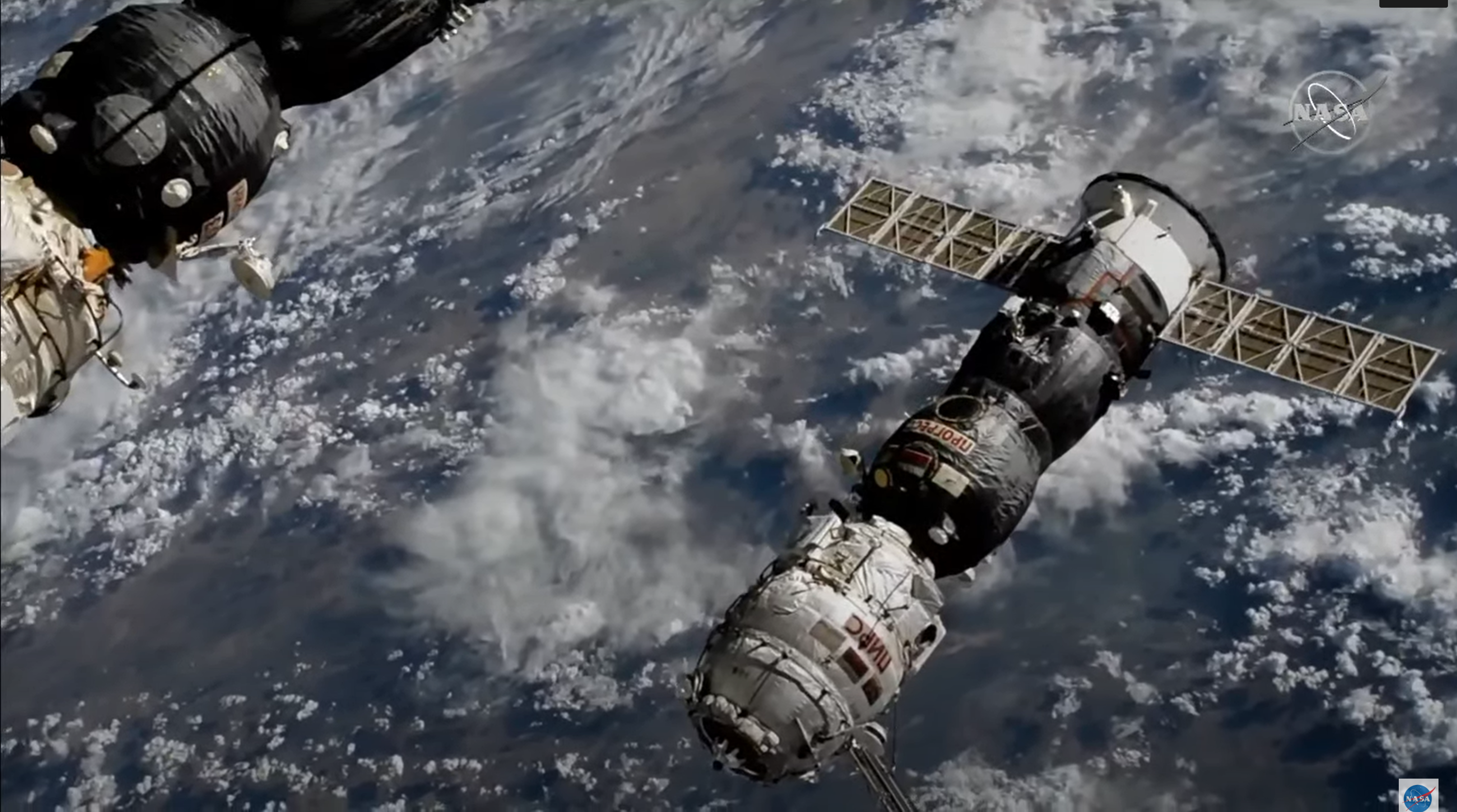
“What a difference a day/night makes! Spot the differences in this before-and-after photo of MLM docking!” ESA astronaut and ISS crew member Thomas Pesquet tweeted with stunning photos.
What a difference a day/night makes! Spot the differences in this before-and-after photo of MLM docking! 👀 #Nauka #MissionAlpha pic.twitter.com/lQBHMIoxZr
— Thomas Pesquet (@Thom_astro) July 30, 2021
By delaying the Starliner launch the ISS team was given more time to continue working checkouts of the newly arrived Roscosmos’ Nauka module and to ensure the station will be ready for a safe arrival of Starliner NET Aug. 3.
This NASA graphic shows the current configuration of the ISS after Nauka docking and Pirs departure this week.
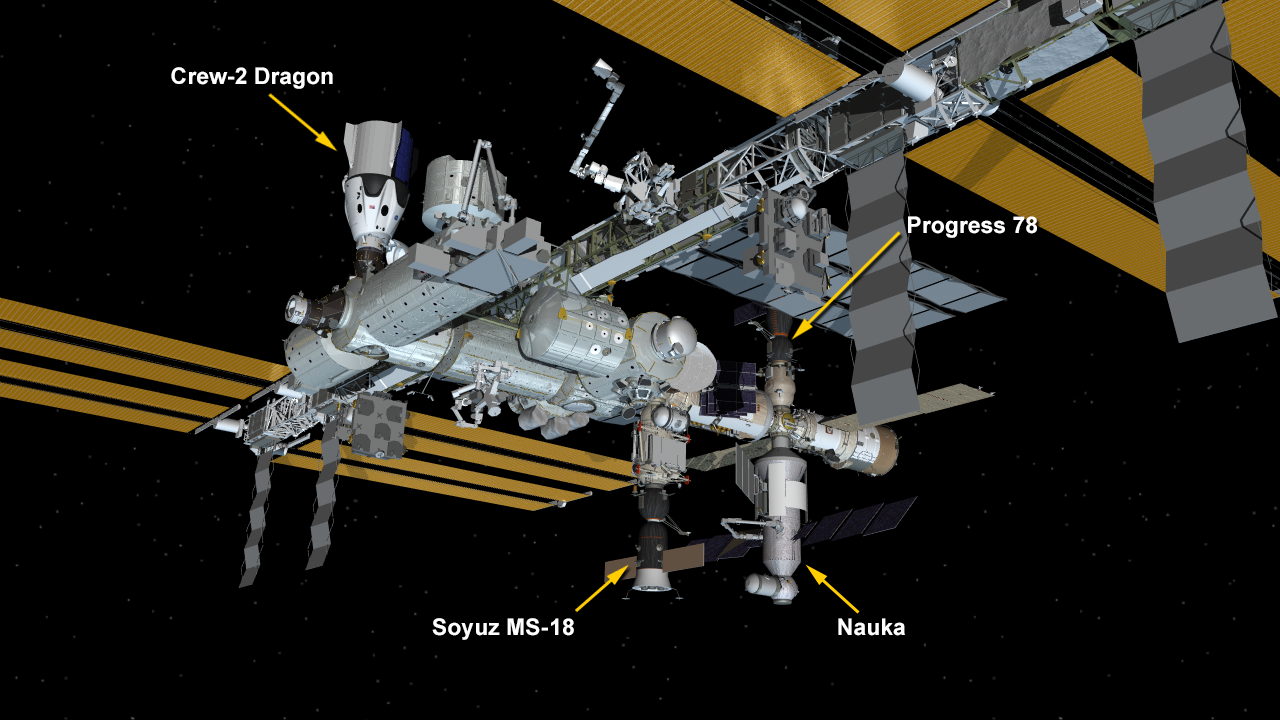
Up to 11 spacewalks will be required to completely outfit Nauka for full space station operations
Nauka has been years in the making. Russia finally launched the “Nauka” science module to the International Space Station on July 21– marking their biggest addition since the early days of the Earth orbiting outpost and one that will significantly enhance cosmonaut research and capabilities.
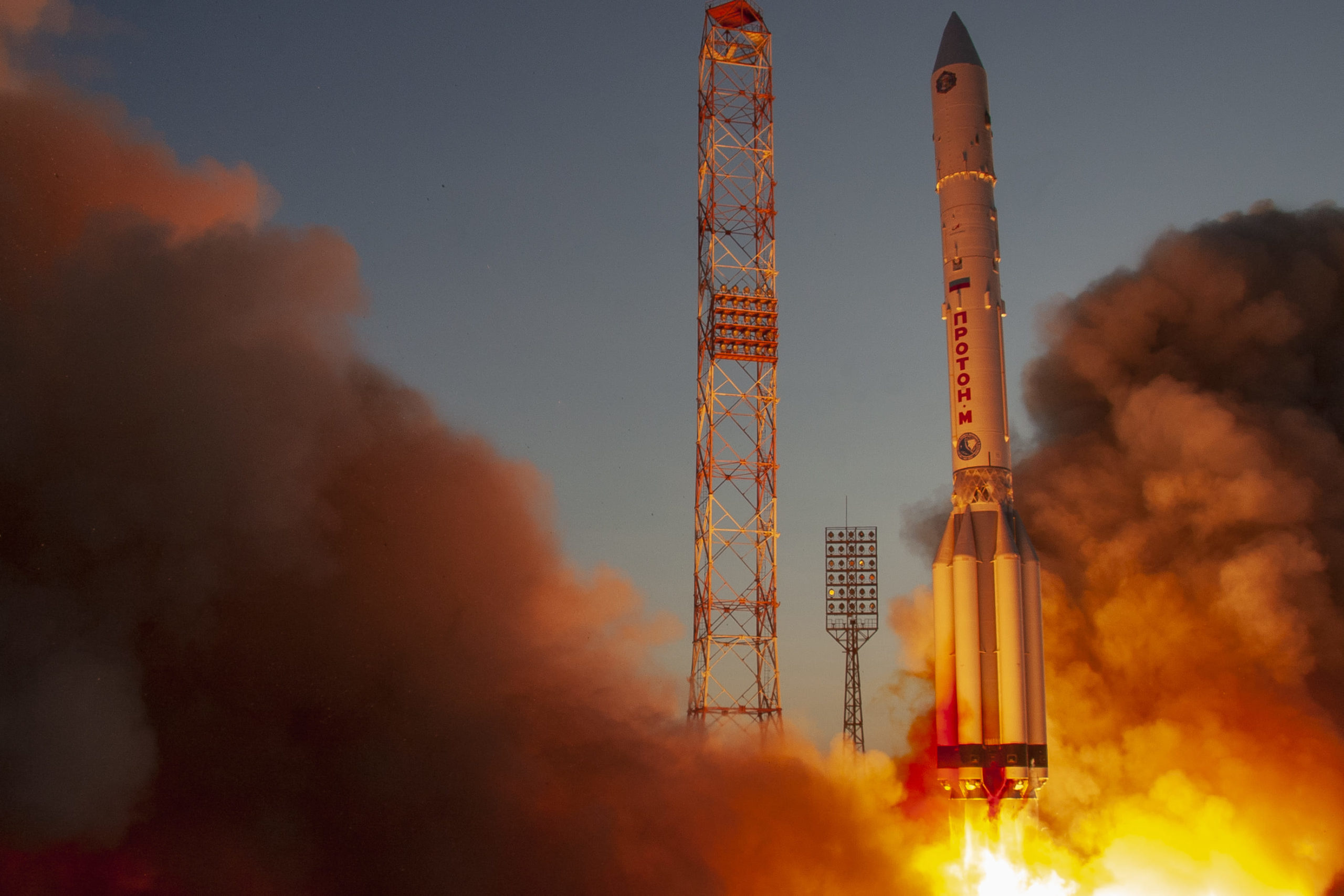
The uncrewed Russian Multipurpose Laboratory Module (MLM) “Nauka” successfully and safely achieved orbit following launch at 10:58 a.m. EDT (1458 GMT, 7:58 p.m. Baikonur time) on a Proton-M rocket from Launch Pad 39 at Site 200 of the Baikonur Cosmodrome in Kazakhstan on Wednesday, July 21.
Named Nauka, after the Russian word for “science,” MLM will serve as a new science facility, docking port, and spacewalk airlock for future operations.
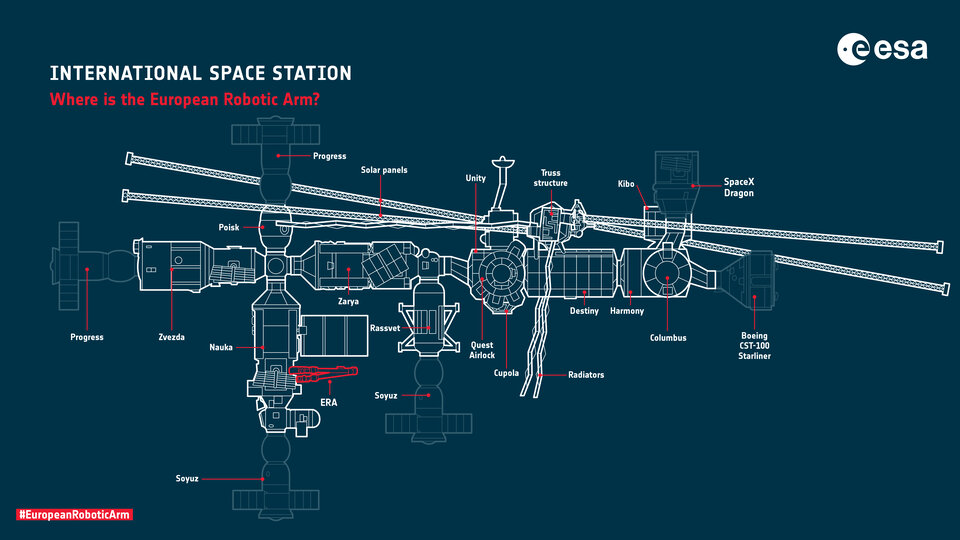
The long delayed pressurized Nauka module was originally planned for liftoff in 2007 and is a backup vehicle based on the Zarya Functional Cargo Block module.
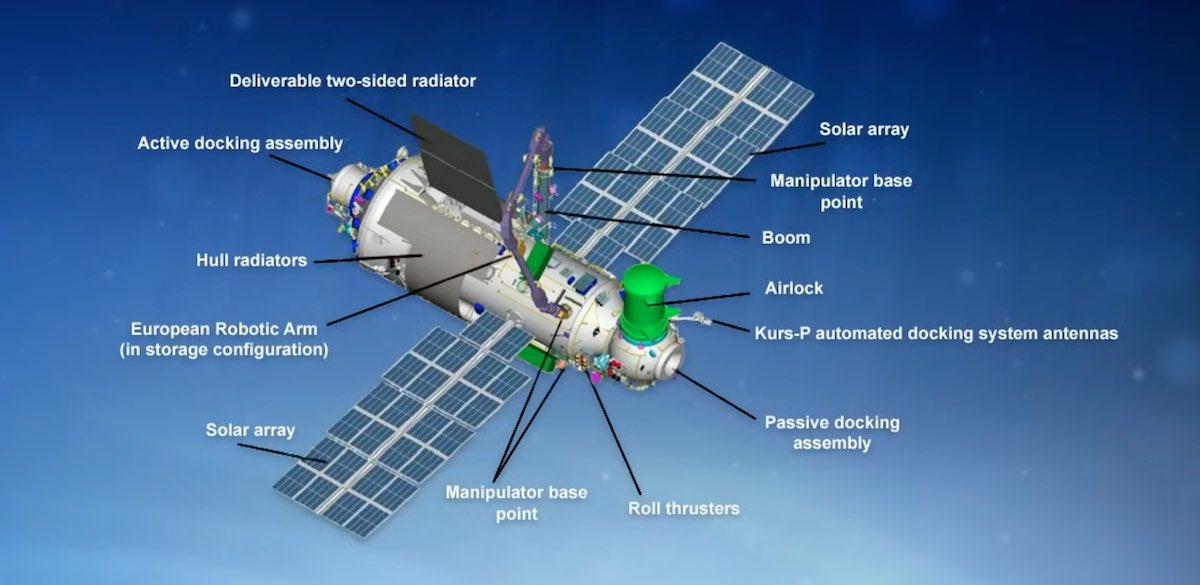
The 11 meter long European Robotic Arm (ERA) provided by the European Space Agency (ESA) is also aboard mounted externally for robotic operations.
Cosmonauts will maneuver the ERA from the Russian segment of the ISS as the main manipulator on the Russian part of the Space Station. Its seven joints can handle multi-tonne payloads with a large range of motion for assembly tasks.
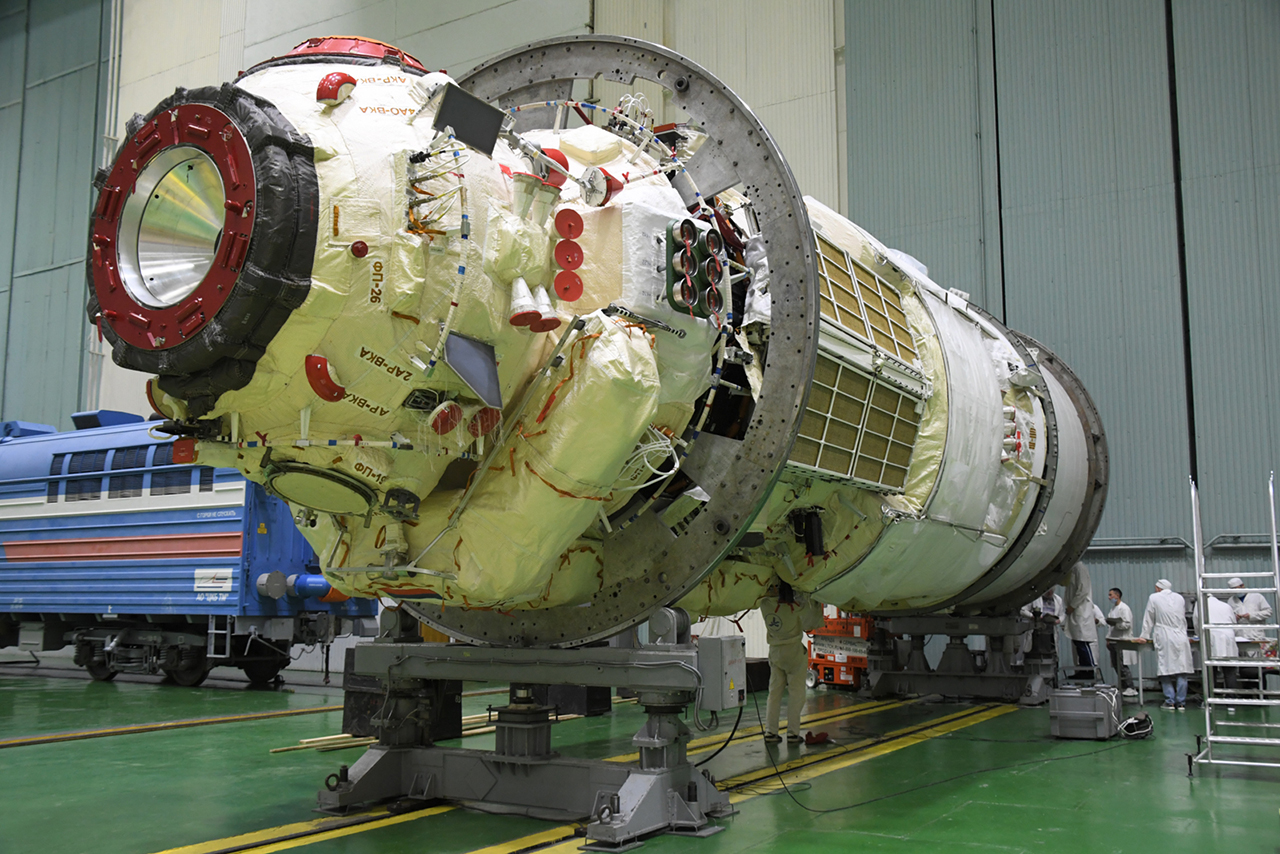
My interviews about the ISS, Starliner, the rollout and the importance of the mission were featured on Fox 35 Orlando on July 26, WFTV ABC 9 News Orlando on July 22 & 23 and WESH 2 NBC News Orlando on July 18 & 19.
https://www.fox35orlando.com/news/nasa-boeing-prepare-for-second-run-at-starlink-launch
https://www.wesh.com/article/boeing-starliner-now-in-brevard-prepares-for-test-flight-redo/37067233
Watch Ken’s continuing reports about ISS, Starliner and Commercial Crew and Crew Dragon, Artemis and NASA missions, SLS, Orion, SpaceX, Starlink from onsite for live reporting of upcoming and recent SpaceX and ULA launches including Crew 1 & 2, Demo-2, ISS, X-37B, Solar Orbiter, Mars 2020 Perseverance and Curiosity rovers, NRO spysats and more national security missions and more at the Kennedy Space Center and Cape Canaveral Space Force Station.
Stay tuned here for Ken’s continuing Earth and Planetary science and human spaceflight news: www.kenkremer.com –www.spaceupclose.com – twitter @ken_kremer – email: ken at kenkremer.com
Dr. Kremer is a research scientist and journalist based in the KSC area, active in outreach and interviewed regularly on TV and radio about space topics.
………….
Ken’s photos are for sale and he is available for lectures and outreach events
Please consider supporting Ken’s work by purchasing his photos and/or donating at Patreon:
https://www.patreon.com/kenkremer
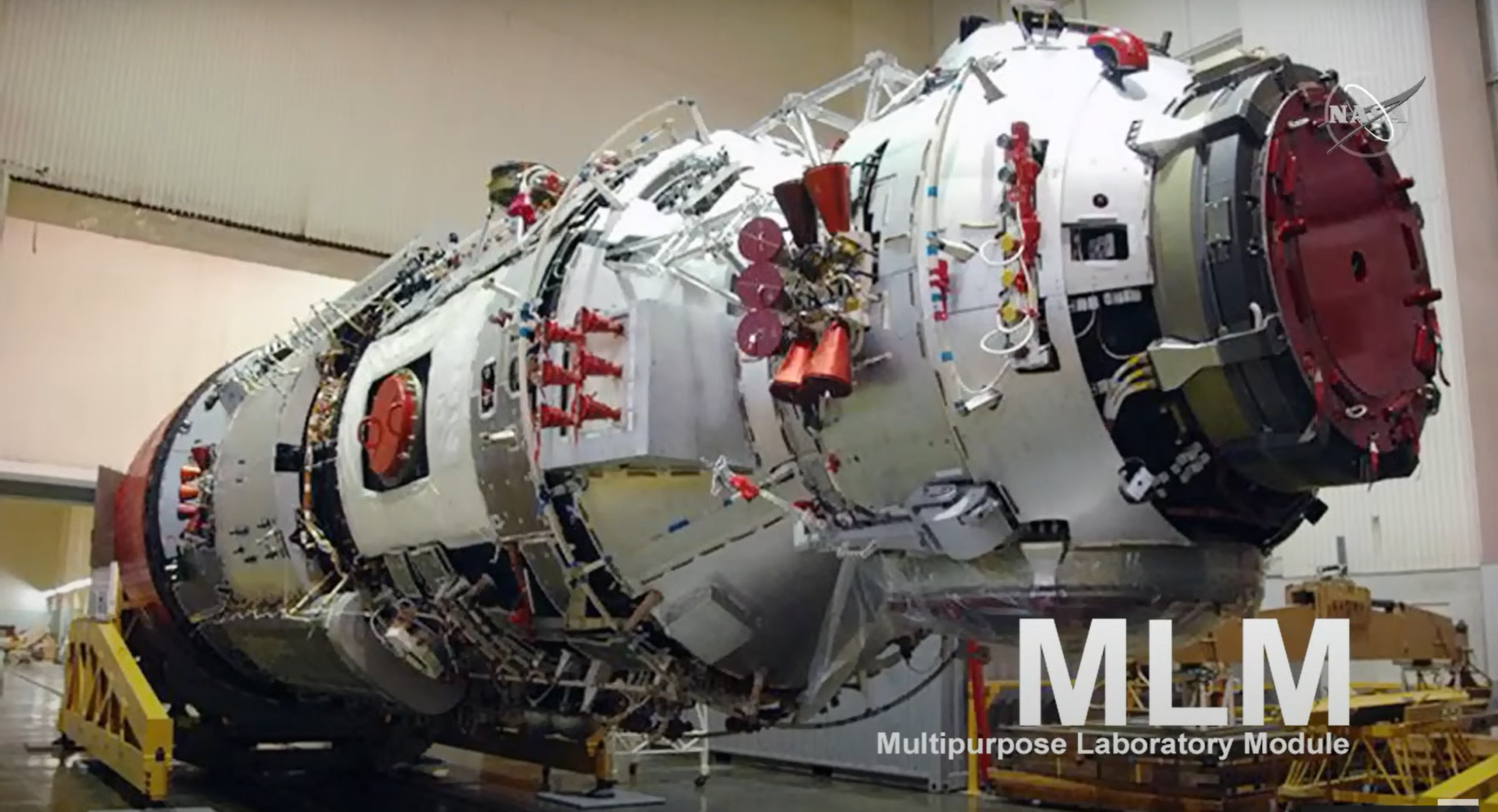
x



